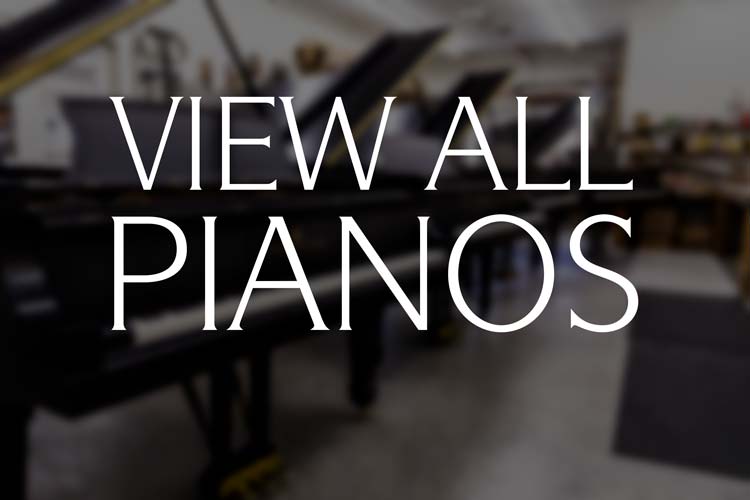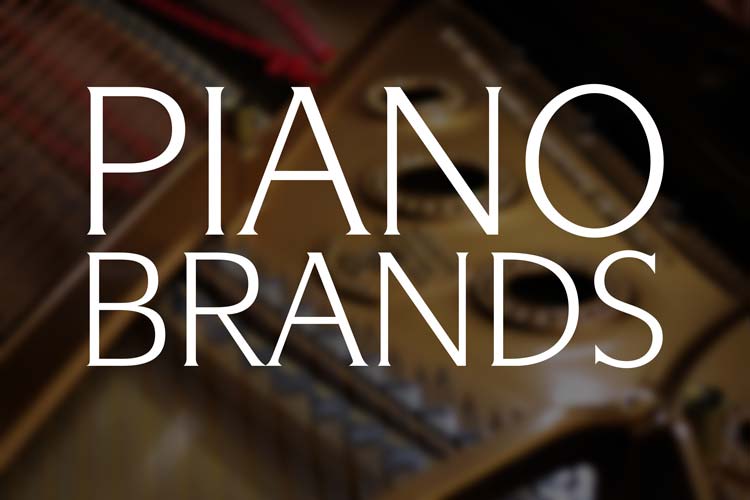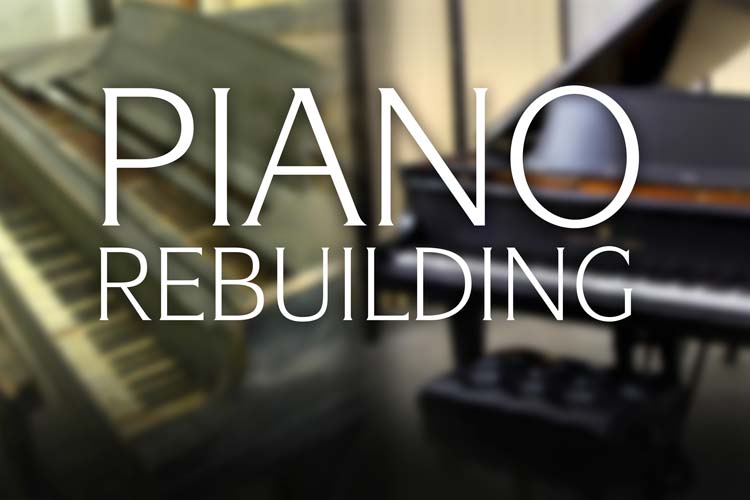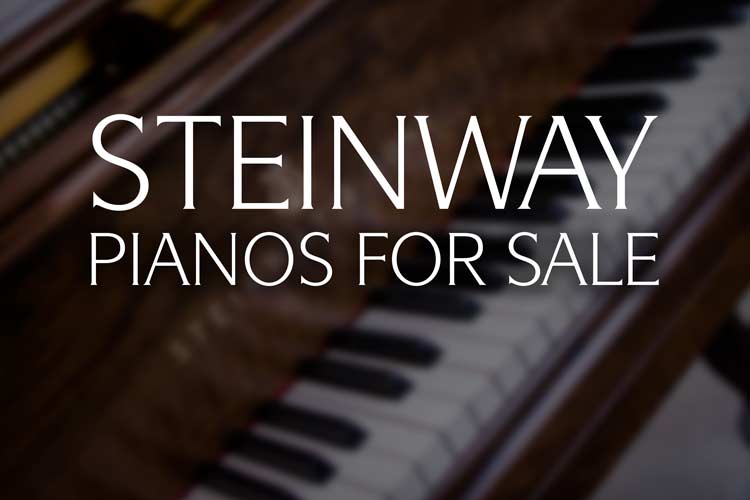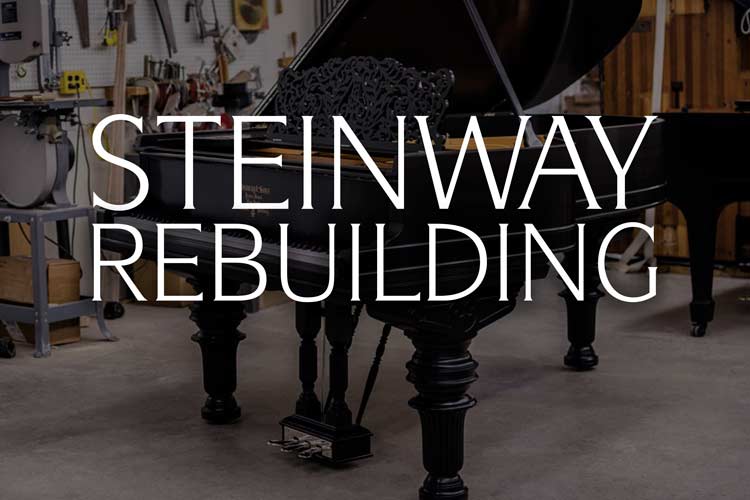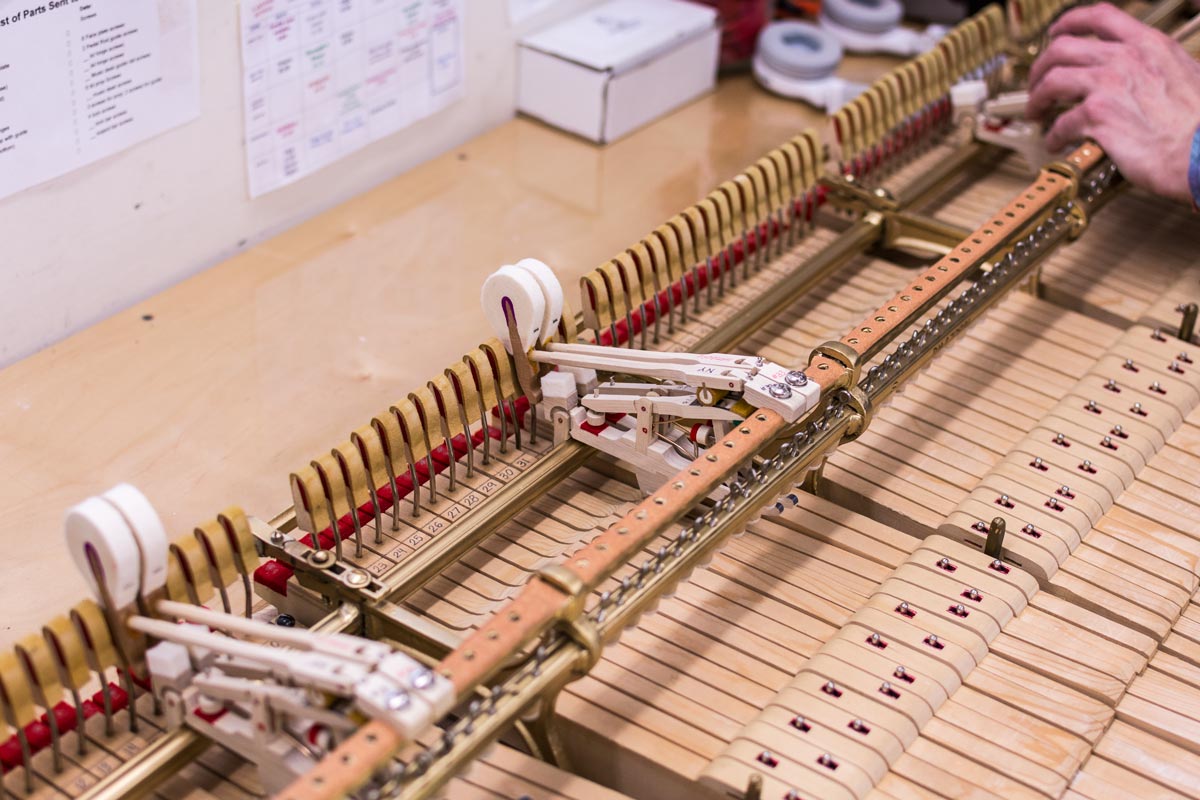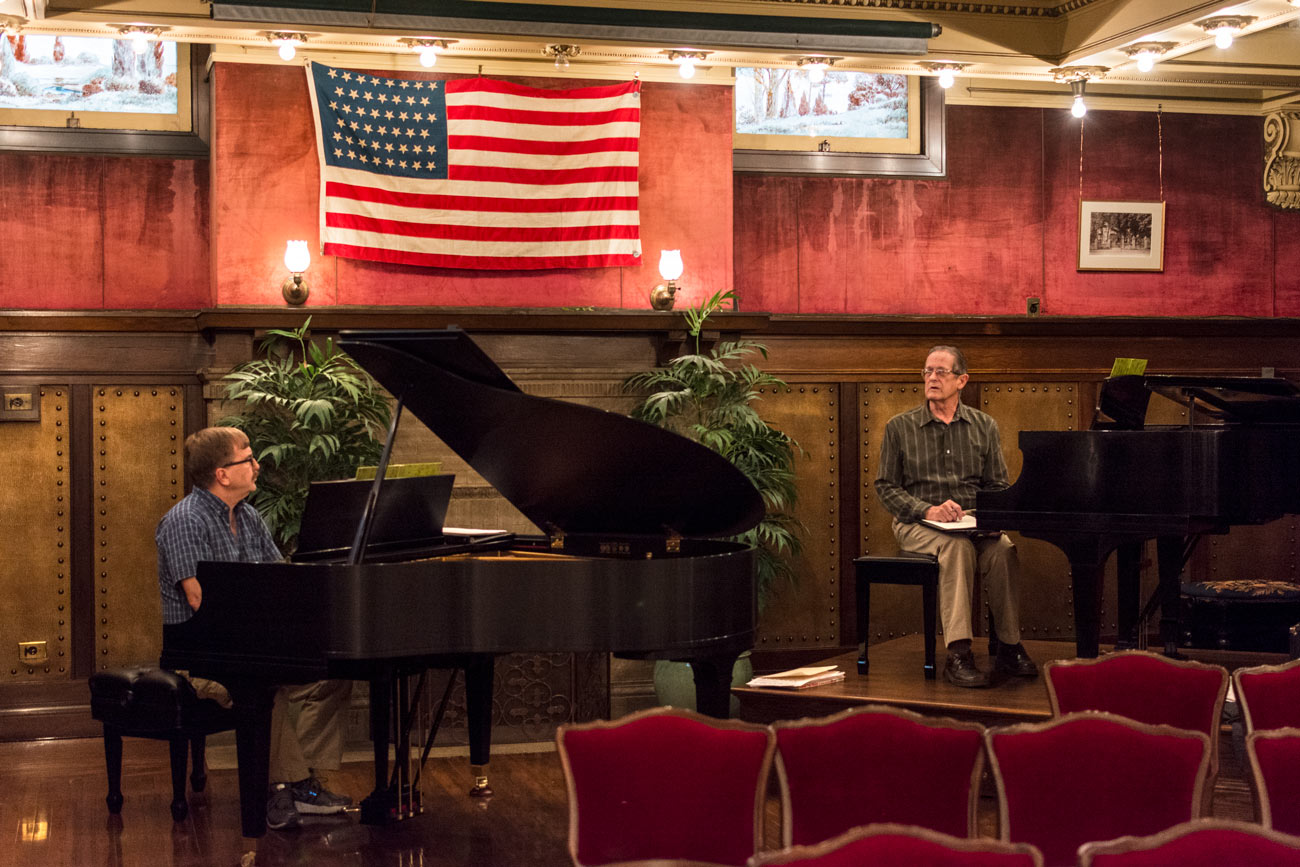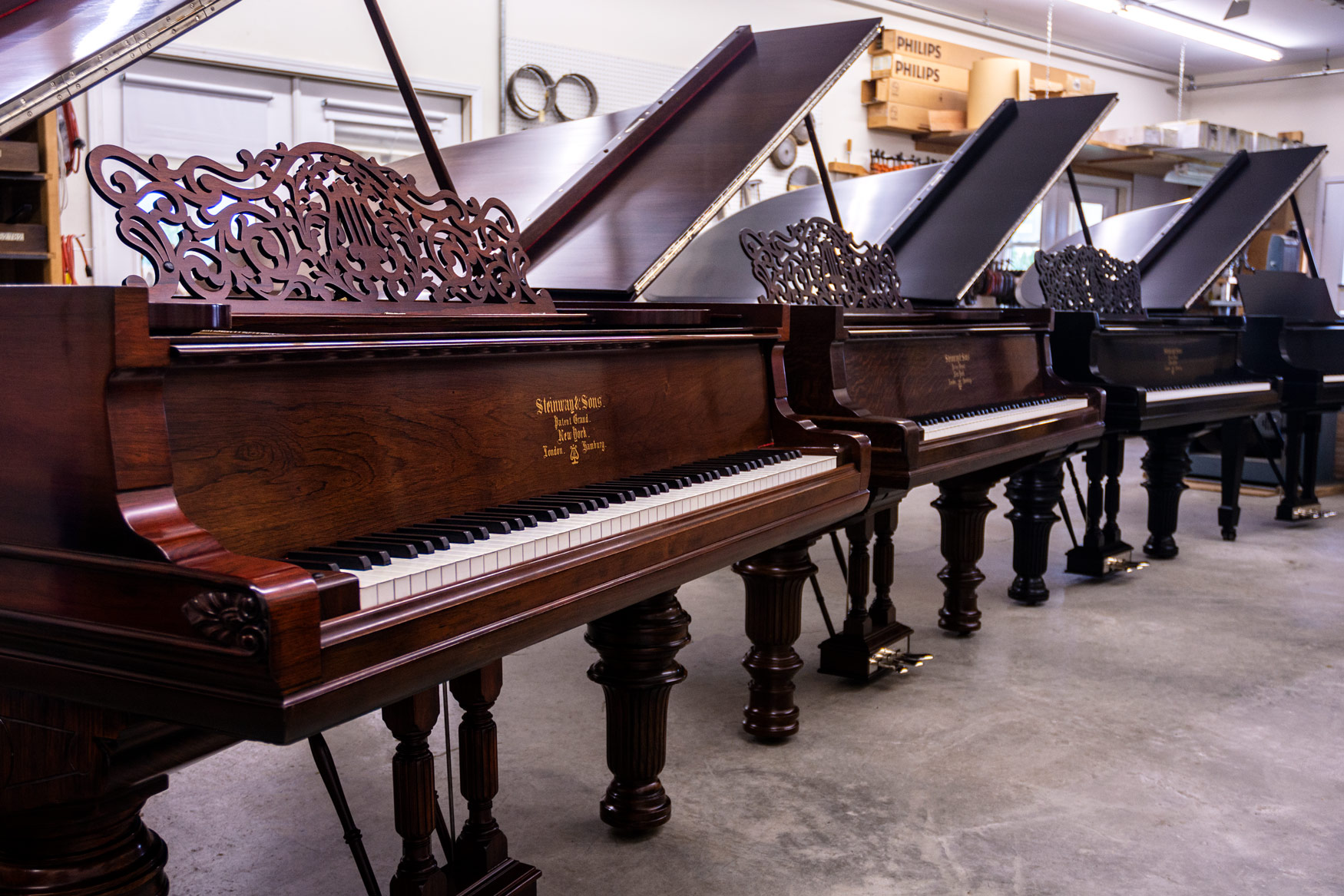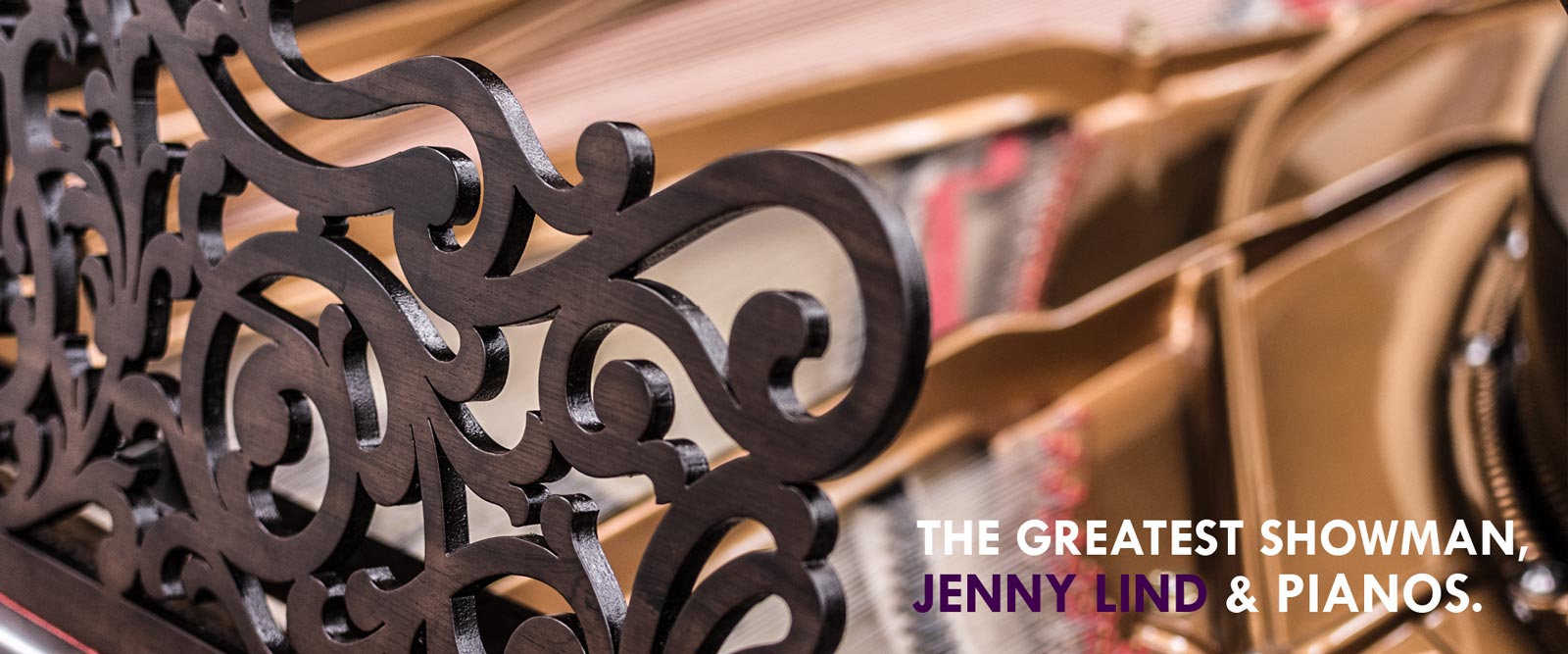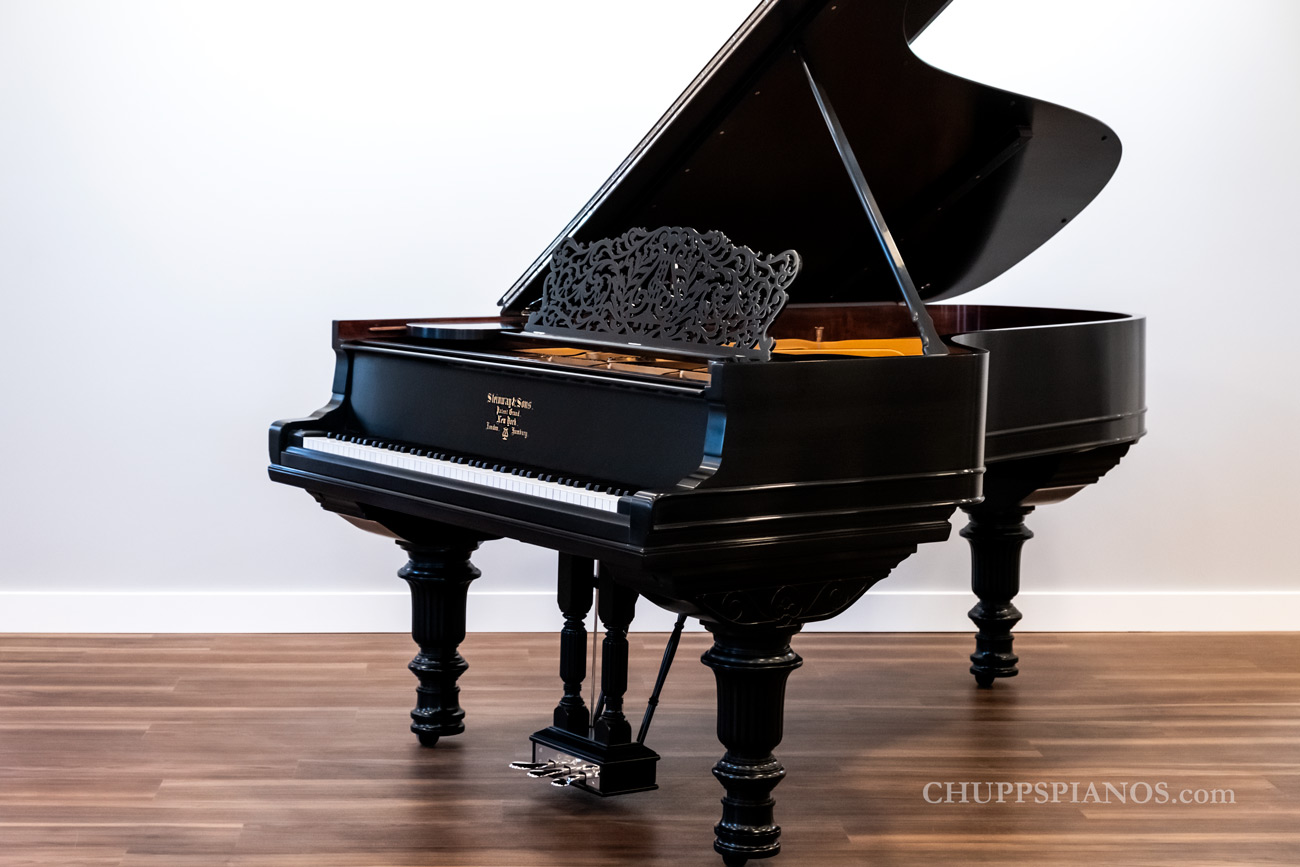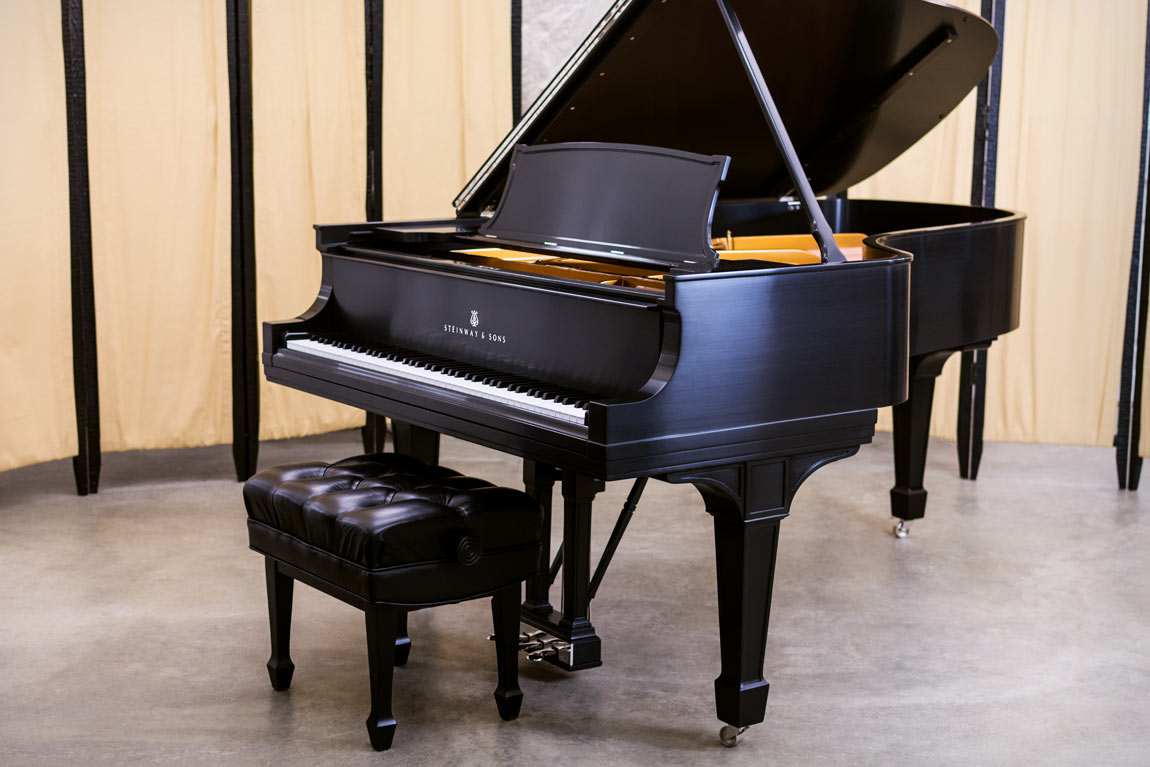Excerpts from “The Other Masters of the Keyboard” – The Unsung Heroes of the Concert Stage
"Beauty cannot be measured, you see. It must be perceived."
The following paragraphs are taken from an article by Lili Földes entitled The Other Masters of the Keyboard. Through the experience of being married to a concert pianist (Andor Földes) and the keen eye of a journalist, Mrs. Foldes pulls back the curtain on the unsung artists of the keyboard - and the rest of the instrument we know as the piano.The Baldwin: The Story of a Piano Restoration – Ruthmere Museum & Chupp’s Pianos
Partnering With The Ruthmere to Restore Local History
This historic Baldwin Model M Baby Grand Piano was fully rebuilt by Chupp’s Piano Service. Built in 1938 at the Cincinnati Baldwin piano factory, this grand piano was a family heirloom of the Deputy family, the last residents of the historic Ruthmere Mansion in Elkhart, Indiana. (In fact, one of their family portraits at the museum shows the family sitting around this very piano.) The piano is believed to have been moved out of the mansion in 1969. Recently, the Deputy family generously donated the Baldwin piano to the Ruthmere Museum, returning it to its former home. This is the story of a historic piano’s full restoration. Producer/Shooter/Director: Benjamin Rogers - Music Written & Performed by Philip Balke - Special thanks to The Ruthmere Museum of Elkhart, IN.A Walk Down Memory Lane – Four Pianos, Years of History
Posted on September 12, 2018
at 2:06 pm
by Benjamin Rogers /
Piano History, Piano News, Restoration, Steinway Pianos
/ 0
Four Pianos, Hundreds of Years of History
We recently had several pianos lined up in our Rebuilding Facility that spanned the near entirety of what is considered the golden age of Steinway & Sons Factory quality. When we saw what we had set up, we couldn't help but snap some pictures to share! For lack of a better word, this was just plain cool! From the early days of modern piano building to the style of instrument most popular today, it's all represented! Here is some detail regarding these fine grand pianos.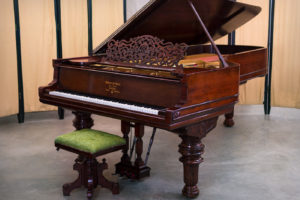 Steinway & Sons Model D #52626 was completed in early 1885. This means that construction of this piano began at the New York Steinway Factory in 1884. This is the first year that Steinway ever made what is now known as the king of concert grand pianos, the Model D! Veneered in a rich cut of rare Brazilian Rosewood and as one of the very first Model D Concert Grands ever built by Steinway, this piano marks the beginning of an era. It is a rare find indeed! The piano features a then typical round arm art case design with double narrow moldings around the case, a figured music desk with 'old-style' fretwork, hand-carved Victorian fluted flowerpot legs with hidden casters and a large box pedal lyre with carved pillars. This instrument was originally purchased for use at the DuPage County Library near Chicago, IL. This concert grand piano is currently located at our New Paris Rebuilding Facility and is available for selection and purchase.
[Click Here to Read More About This Piano.]
Steinway & Sons Model D #52626 was completed in early 1885. This means that construction of this piano began at the New York Steinway Factory in 1884. This is the first year that Steinway ever made what is now known as the king of concert grand pianos, the Model D! Veneered in a rich cut of rare Brazilian Rosewood and as one of the very first Model D Concert Grands ever built by Steinway, this piano marks the beginning of an era. It is a rare find indeed! The piano features a then typical round arm art case design with double narrow moldings around the case, a figured music desk with 'old-style' fretwork, hand-carved Victorian fluted flowerpot legs with hidden casters and a large box pedal lyre with carved pillars. This instrument was originally purchased for use at the DuPage County Library near Chicago, IL. This concert grand piano is currently located at our New Paris Rebuilding Facility and is available for selection and purchase.
[Click Here to Read More About This Piano.]
The Greatest Showman, Jenny Lind and Pianos
The Greatest Showman – The Piano Connection
The Greatest Showman hit theaters recently and with its solid box office numbers showed that the revival of the film musical is truly in force. Starring Hugh Jackman, this fictionalized musical focuses on the life of showman P.T. Barnum. The film is a great callback to classical films while still feeling current and ‘hip’. The film features a scene that although brief, has an interesting connection to the history of the piano industry.P.T. Barnum & Jenny Lind - An Overview
In 1850, P.T. Barnum arranged for Swedish singer Jenny Lind to tour the United States. A desire to appeal to a more highbrow audience and help ‘class up’ his reputation was key in his drive for his latest production. His reputation up to that point had been as someone who promoted more 'low brow' entertainment. Initially agreeing to $1,000.00 for each performance (plus expenses), Barnum also agreed to pay Lind up front for the tour. This was entirely based on her reputation in Europe, as he had never heard her sing. Lind later negotiated a high compensation package after discovering the immense scale and popularity of the cross-country tour. One of the greatest marketers and promoters of his day, Barnum made Jenny Lind into a household name before she ever arrived in North America. In fact, most Americans had no idea who she was prior to the start of his breathtakingly huge marketing campaign. When she arrived in New York, tens of thousands of spectators gathered at the port to greet her. Although Barnum and Lind amicably parted ways part way through the scheduled tour, it ended up being a great financial success for all involved. Lind was able to raise copious amounts of money for her various charities and she continued to tour North America under who own management. She would later marry her pianist, Otto Goldschmidt.The Steinway Model C | An Oft Forgotten Instrument
The Origin and History of the Steinway Model C Grand Piano
The Steinway Model B measures 6’11” in length while the Model D is 8’11”. But what about the piano that comes in between these two? The Steinway & Sons Model C Semi-Concert Grand Piano is an instrument that is often forgotten about – at least by some of us here in North America. Here is a quick history of the lineage of the Semi-Concert Model C.The Steinway Model C's Origin
The 7’2” Steinway and Sons Model C was first manufactured in 1878 with Steinway #38675 being the first in the series to be completed on 8/24/1878. These seven-octave, 85-note pianos were based upon the earlier Parlor Grands built by Steinway. The Model C, 85-note piano was also known as the Style 3 in catalogues. The scale design featured a 21 note bass section and was redesigned from the earlier parlor grand piano by C.F. Theodore Steinway. The Model C was introduced during a time of advancement for the Steinway Company. The early Model C was first produced with a sectional case design, and in 1880 production of Model Cs with a more modern style bent-rim case began. The 85-note Model C/Style 3 was in production until 1886.History of the Piano
Learn About Pianos Throughout Time
The creation of the piano dates back centuries, with many different renditions and imaginings of this instrument. While there are scores of books detailing the rise of this musical titan, here are the must knows of a piano's history for any piano enthusiast in a handy infographic!

